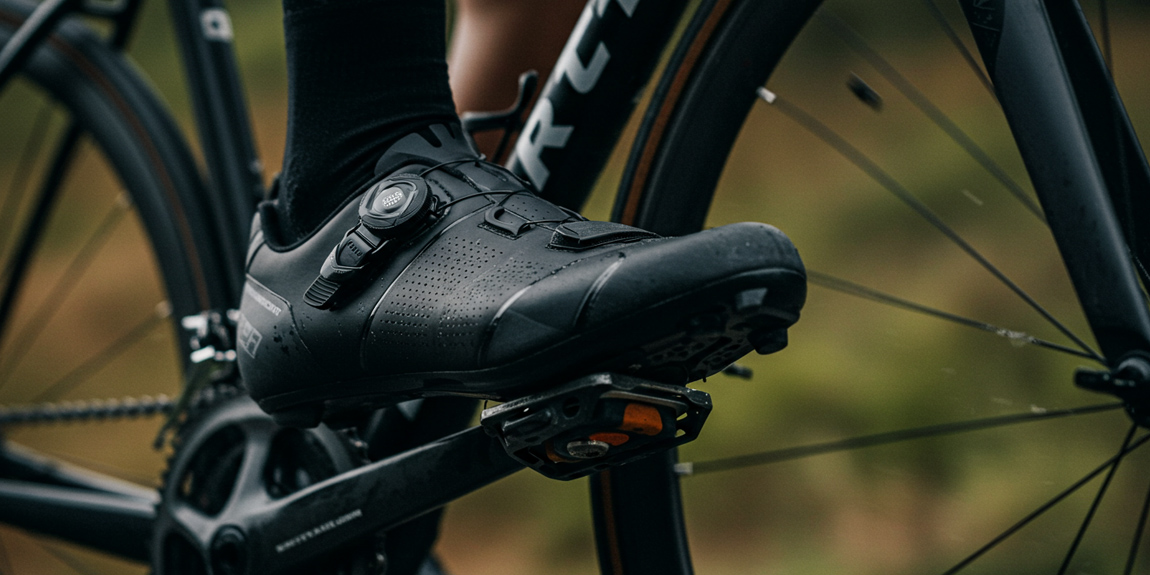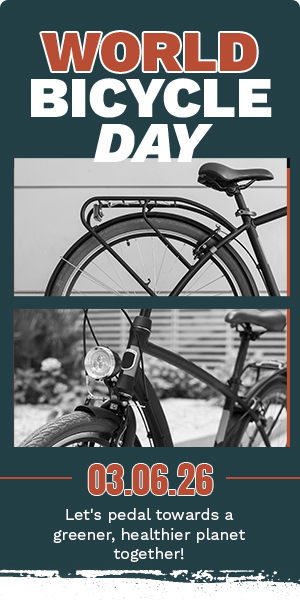
For many road cyclists, transitioning to clipless pedals marks a significant step in their cycling journey, offering notable benefits over traditional flat pedals. These specialized pedal systems, which require cycling-specific shoes, establish a direct connection between the rider’s foot and the pedal. This secure attachment enhances efficiency and control, making it a popular choice for those looking to optimize their riding experience on paved surfaces. Understanding these key advantages can help new riders decide if and when to make the switch.
One of the most compelling reasons to adopt clipless pedals is the substantial improvement in power transfer. Unlike flat pedals where you can only push down, clipless systems allow you to engage through the entire 360-degree pedal stroke – pushing down on one side while simultaneously pulling up on the other. This more complete engagement translates into a smoother, more consistent power output, which is particularly beneficial for maintaining speed, climbing hills, and overall endurance. The ability to utilize more muscle groups more effectively results in greater propulsion with less perceived effort.
Furthermore, clipless pedals significantly enhance bike control and safety, especially at higher speeds or over varied terrain. The secure connection prevents your feet from slipping off the pedals, even when encountering bumps, potholes, or during powerful sprints. This stability provides a greater sense of confidence and allows for more precise bike handling, particularly when cornering or navigating technical sections. While there’s a learning curve to clipping in and out, the long-term benefits in terms of efficiency, control, and reduced risk of foot slippage are highly valued by experienced road cyclists.
- Enhanced Power Transfer: Enables pulling up as well as pushing down on pedals for more efficient energy use.
- Improved Cycling Efficiency: Contributes to a smoother, more consistent pedal stroke, reducing wasted energy.
- Greater Bike Control: Keeps feet securely connected, preventing slippage over bumps or during sprints.
- Reduced Foot Discomfort: Distributes pressure more evenly across the foot compared to flat pedals.
- Optimized Riding Position: Maintains consistent foot placement for better biomechanics and injury prevention.
For More Information Please Visit: BikeRadar | CyclingTips









